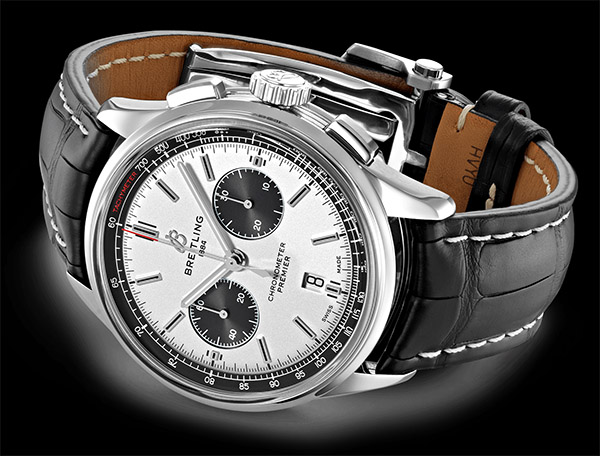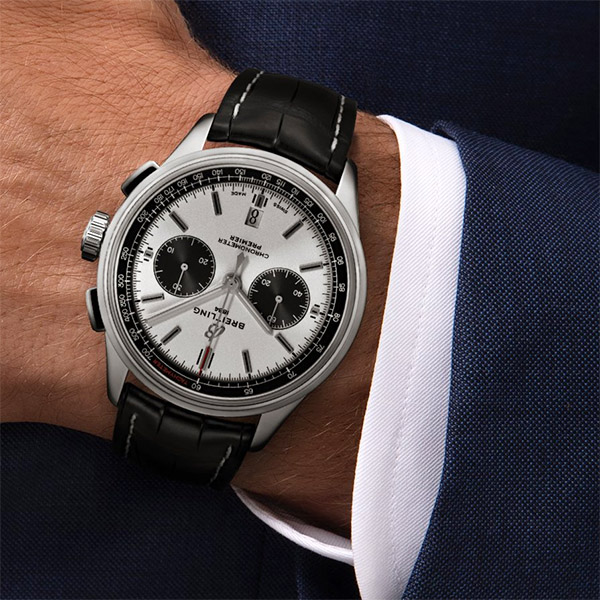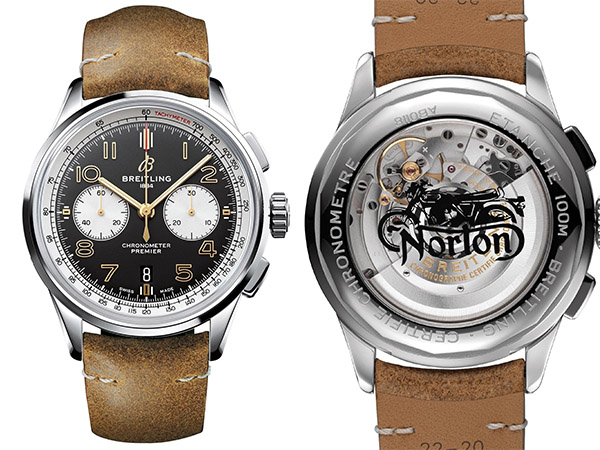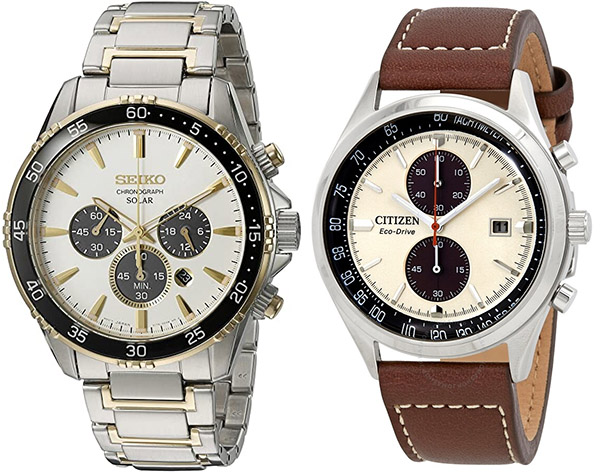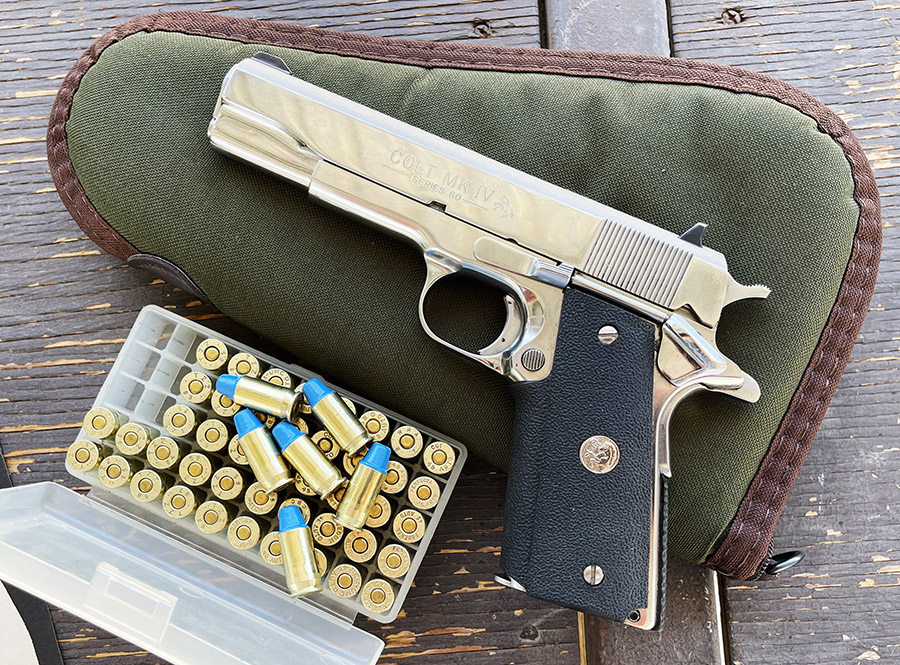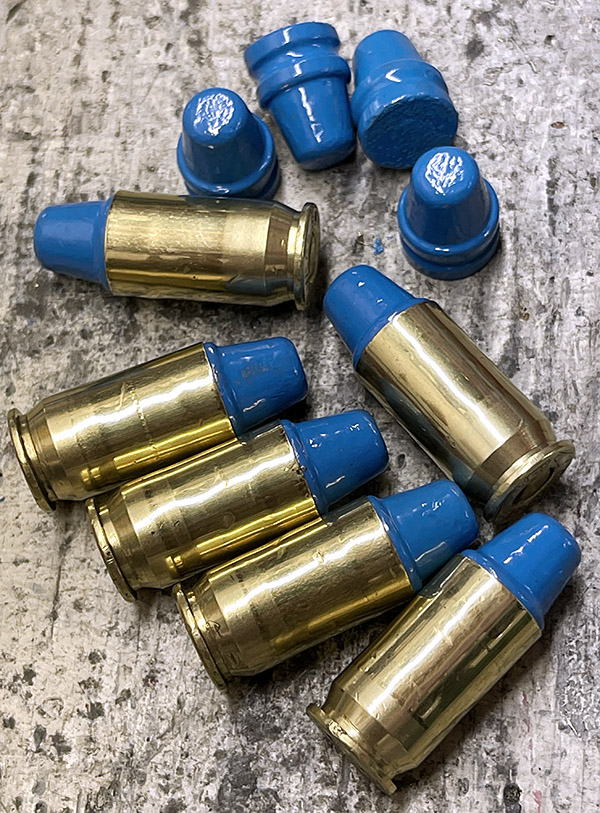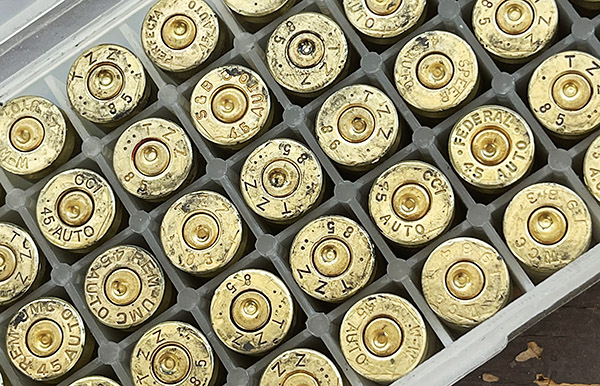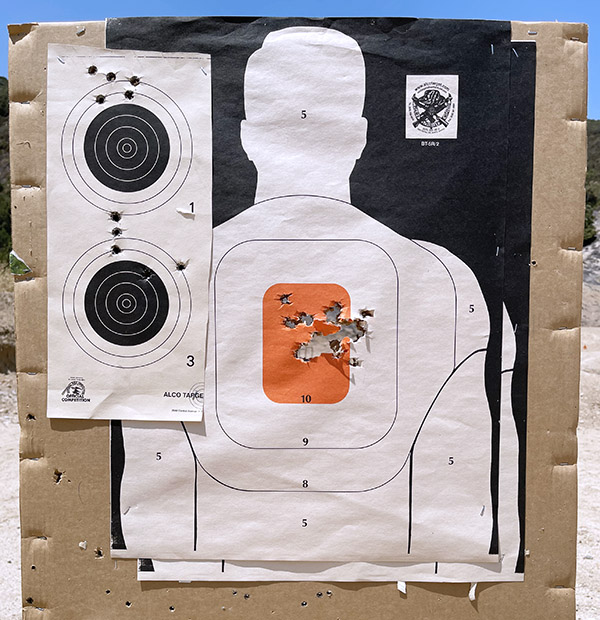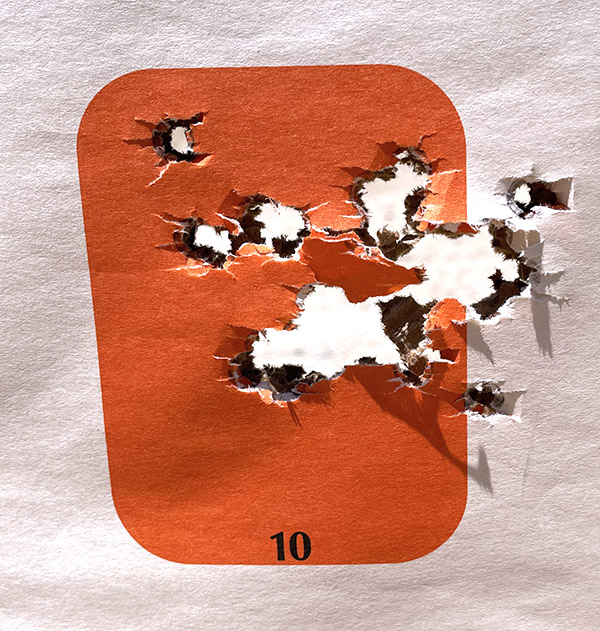Most of us have seen the 1977 movie, Close Encounters of the Third Kind. It’s what we think of when we see Devils Tower (which I’ll get to in just a bit). Before I do, consider this question: Are there close encounters of the first, second, fourth, and fifth kind? The short answer is: Yes.
The concept of classifying suspected alien encounters came from a guy named Allen Hynek. Hynek defined the first three categories, and then two more were added. Here at ExhaustNotes, we try to formulate the questions you might have before you even know you have them, so we did. Here’s the answer to what has been keeping you up at night.
-
- Close Encounters of the First Kind: These are viewings of unidentified flying objects less than 500 feet away. They are relatively rare, like seeing a GS 1200 actually in the dirt.
- Close Encounters of the Second Kind: These involve unidentified flying objects with some sort of associated physical effect, like interference with your vehicle’s ignition or radio, animals reacting to a sensed alien presence, or an alien craft leaving impressions on the ground. They are things for which there simply is no earthly explanation. I think $1500 freight and setup charges on new motorcycles fall into this category.
- Close Encounters of the Third Kind: This is the one we all know about. It’s when you climb to the top of Devil’s Tower for an alien rock concert and laser show. Seriously, though, the people who write these descriptions say a close encounter of the third kind involves things like seeing a living being inside an unidentified flying object. In the motorcycling world, I guess it would be like waving at a Starbuck’s-bound GS rider and having him return the wave.
- Close Encounters of the Fourth Kind: This is when the aliens abduct you. I imagine it would be a lot like a free weekend at a posh resort, but you have to listen to the time-share pitch.
- Close Encounters of the Fifth Kind: These involve direct communications between humans and aliens. These actually happen to me a lot, and they usually start with unsolicited cell phone calls for solar power, paying off student loans, extending car warranties, or contributing to a Hillary Clinton campaign. These people have to be from outer space. No Earthling would ever expect me to go for any of the above.
So there you have it. On to the topic of this blog, and that’s Devils Tower, Wyoming. It’s awesome, and if you haven’t made the trek it needs to be on your list.
I first visited Devils Tower when we toured South Dakota’s Black Hills and Mount Rushmore in nearby South Dakota. Devils Tower was a short 90 miles to the west, I’d seen the movie, and I had to see the place in person. It was worth the trip. Instantly recognizable, the dark tower climbs 867 feet above its surroundings. Eerie is not too strong an adjective. The thing just looks other-worldly, and attributing the divine, the supernatural, or an extraterrestrial vibe to Devils Tower is a natural reaction. No fewer than six Native American peoples, Steven Spielberg, and U.S. President Theodore Roosevelt have done exactly that. I get it, and when you see Devils Tower in person, you will, too.
I also visited Devils Tower when we rode the RX3s through western America with a crew from China and Colombia (that’s what the video above is from). It’s in a good part of the country…Mt. Rushmore, the Black Hills, the Badlands, and more are in this area and the riding is awesome. If you ever do Sturgis, Devils Tower needs to be one of your stops, but it’s best to see this part of the world when the Sturgis Rally is not underway (there is such a thing as too many motorcycles, and the tattoos, open pipes, and body odor that goes with Sturgis gets old quickly).
One of the things that makes Devils Tower so dramatic is its distinctiveness; it just doesn’t look like it should be there. Even the experts can’t agree on how it came to be. The rock docs agree that it was formed by magma (molten rock) forcing itself up between other rocks; what they argue about is how this occurred. One camp holds that the formation was pushed upward by molten rock below, another that Devils Tower once was a larger structure worn down by erosion, and yet another feels the tower is the throat of an ancient volcano. To get geologic for a moment, it is a laccolithic butte (a wonderful term that could be applied to a few people I know) comprised of phonolite porphyry (dark-colored rock). Devils Tower is comprised of sharply-defined trapezoidal columns with four, five and sometimes seven sides. They look like they were machined, and in a sense, I guess they were.
The Lakota, Cheyenne, Crow, Arapaho, Shoshone and Kiowa Native Americans all treat Devils Tower and its surrounding regions as sacred ground. Theodore Roosevelt designated it the first U.S. national monument in 1906. Native American names for the monolith include mato tipila (bear lodge), the bear’s tipi, the bear’s home, the tree rock, and the great gray horn. An 1875 U.S. Army expedition misinterpreted one of the Native American names as Bad Gods Tower, and that became Devils Tower.

The Tower is visible from great distances — there’s no missing it or mistaking it for anything else — and the ride in provides varying perspectives. Once inside the National Park, you can walk to the base, you can take a hike around Devils Tower, or you can climb to the top. I’ve been there several times, and I think it’s one of our great destinations.
More Destinations are here.
Don’t miss anything. Sign up here for free!



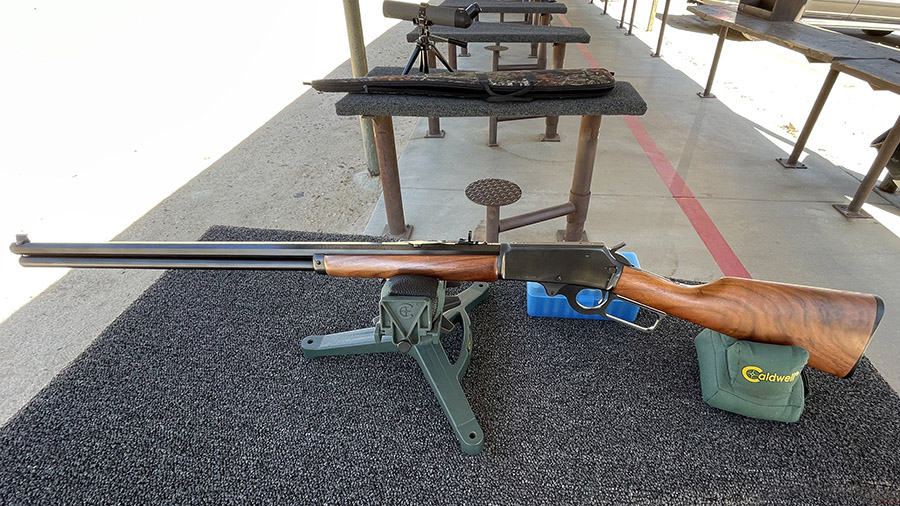
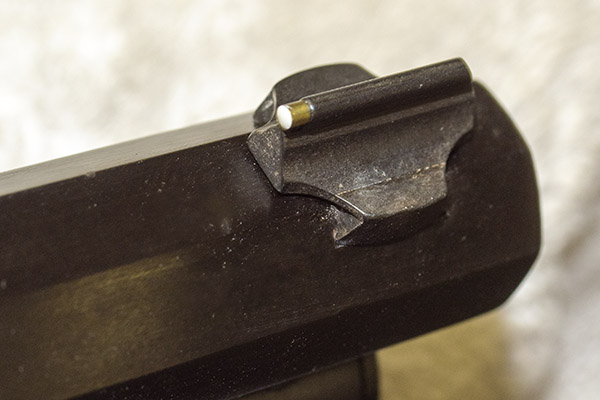
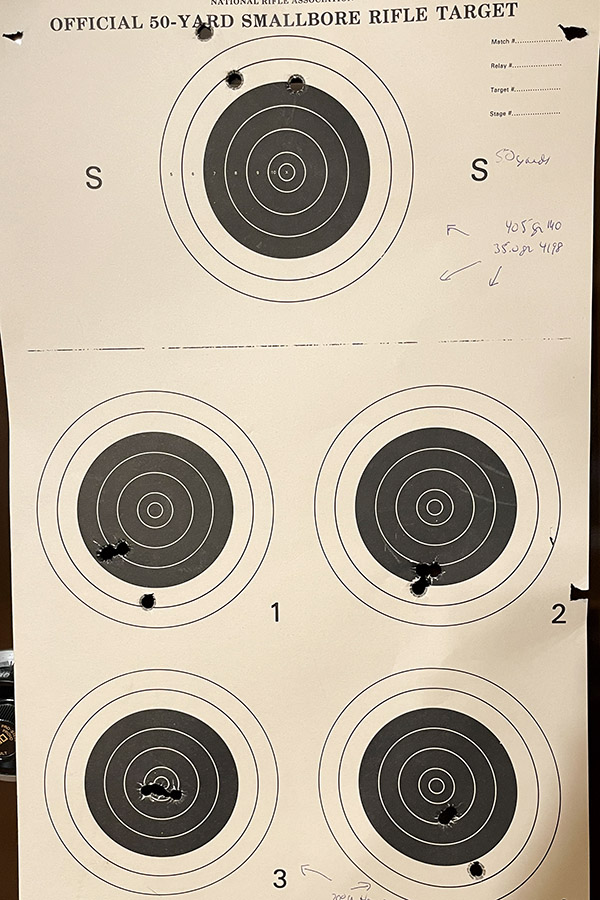

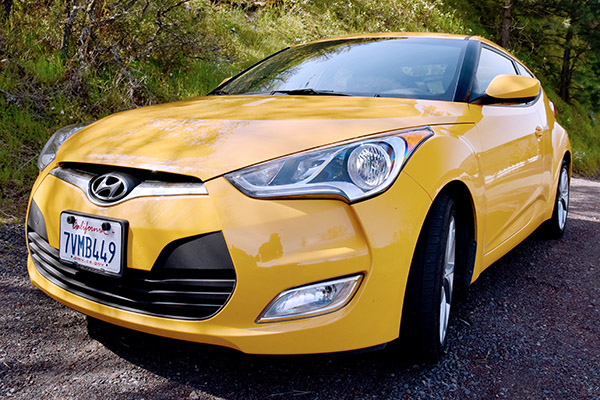
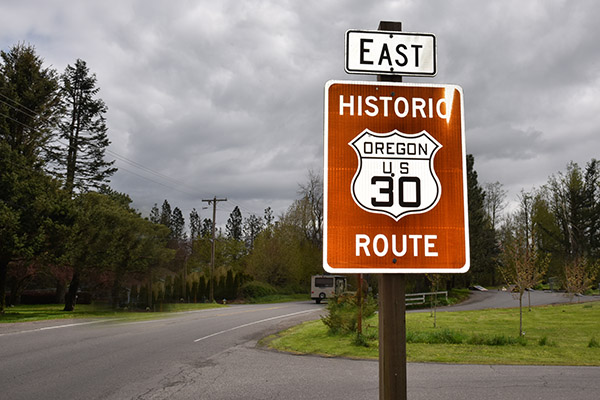


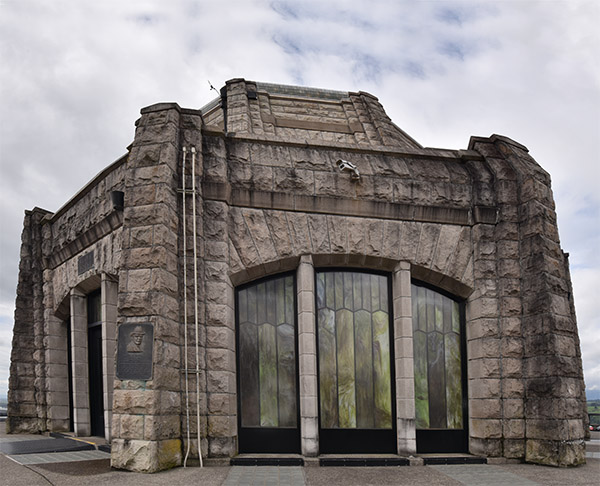
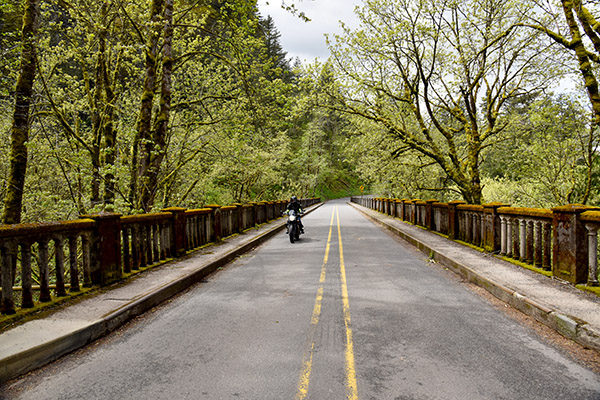
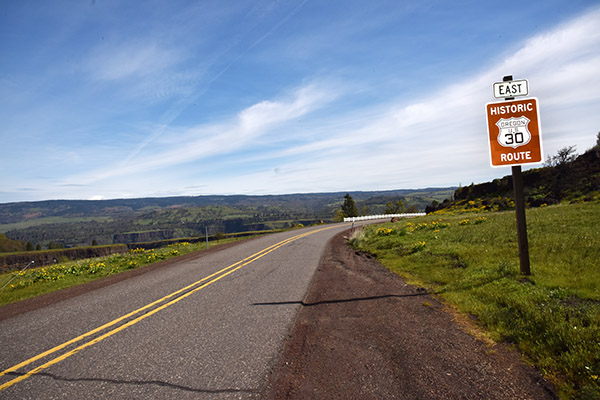



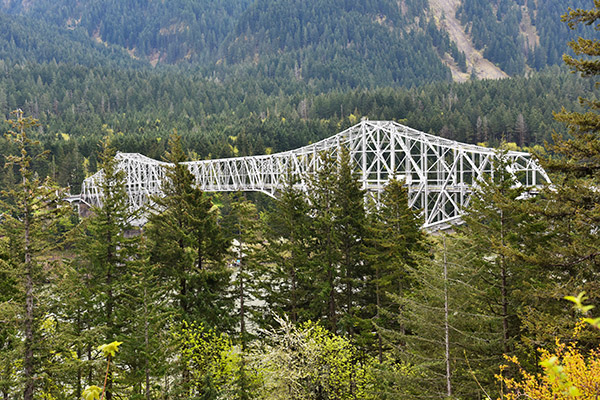
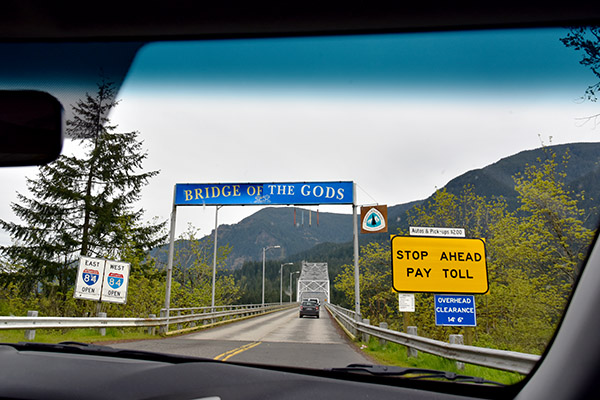
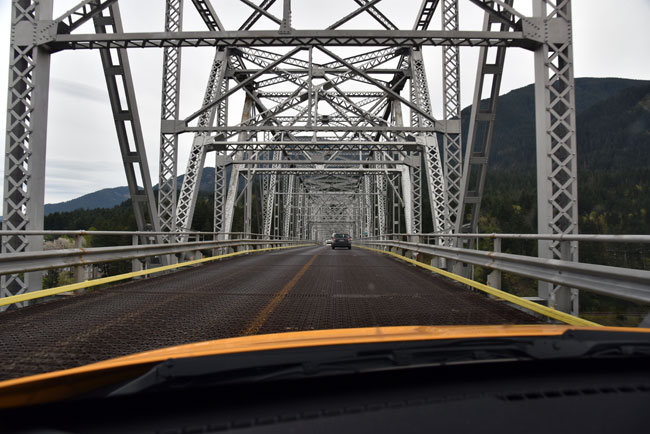

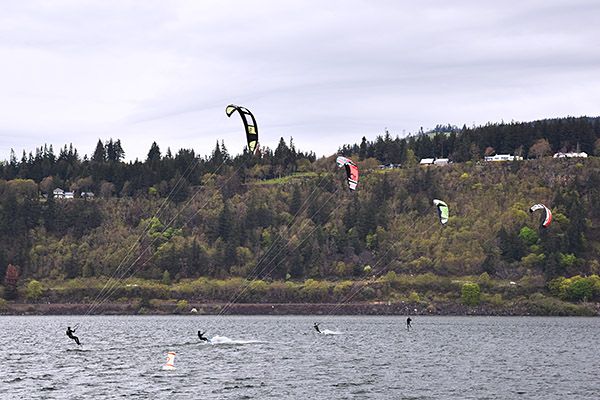
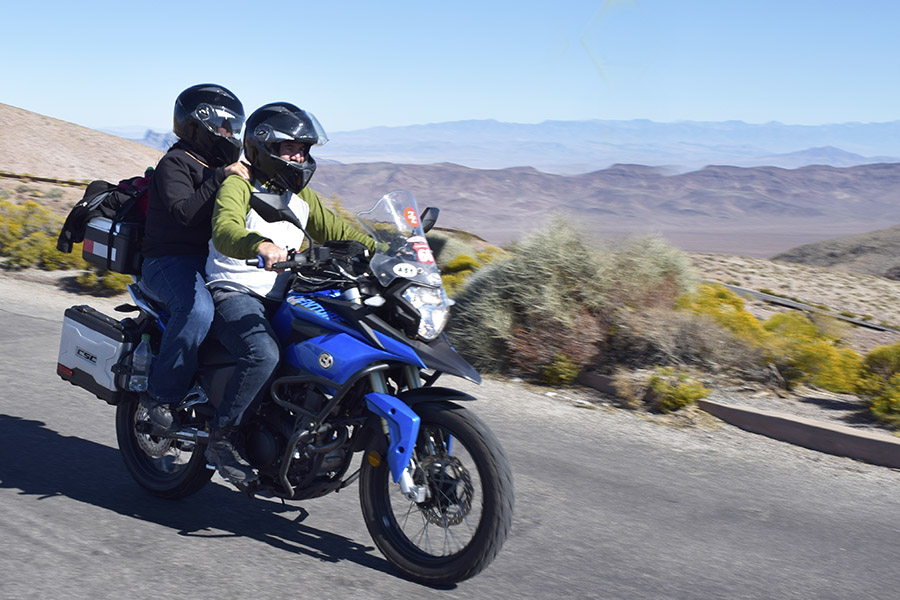

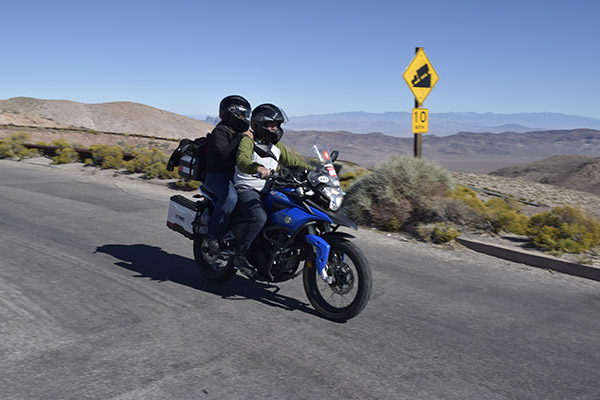

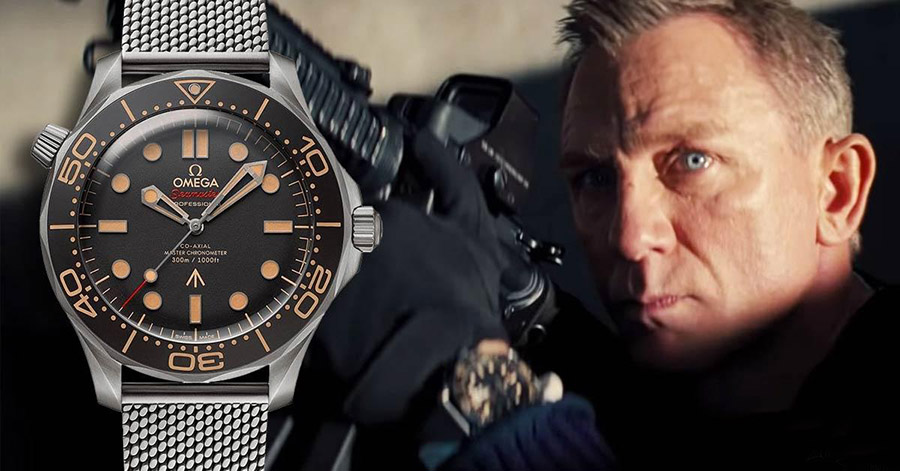
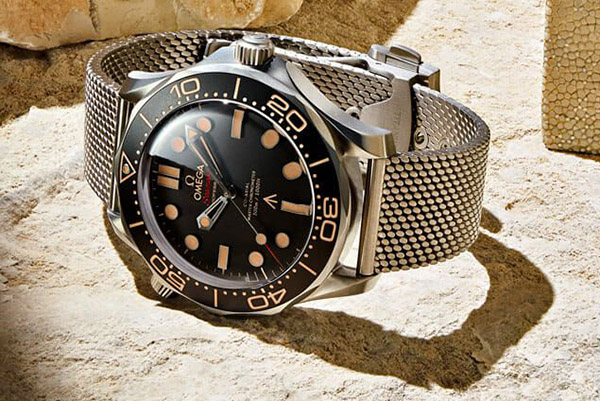
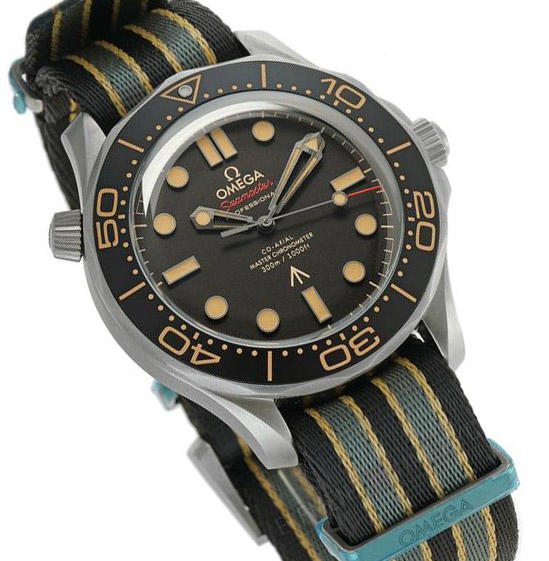

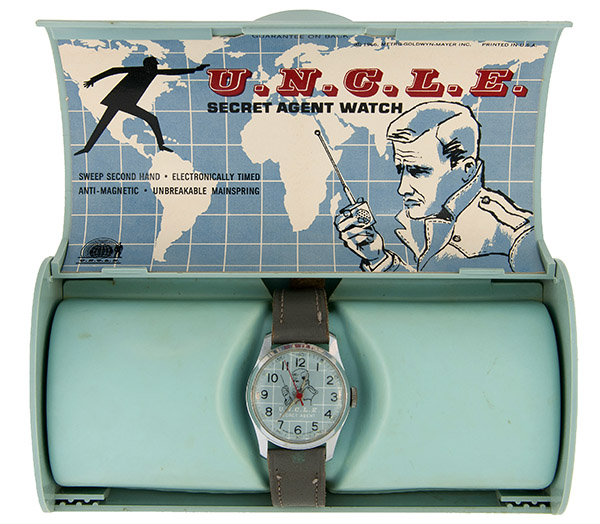
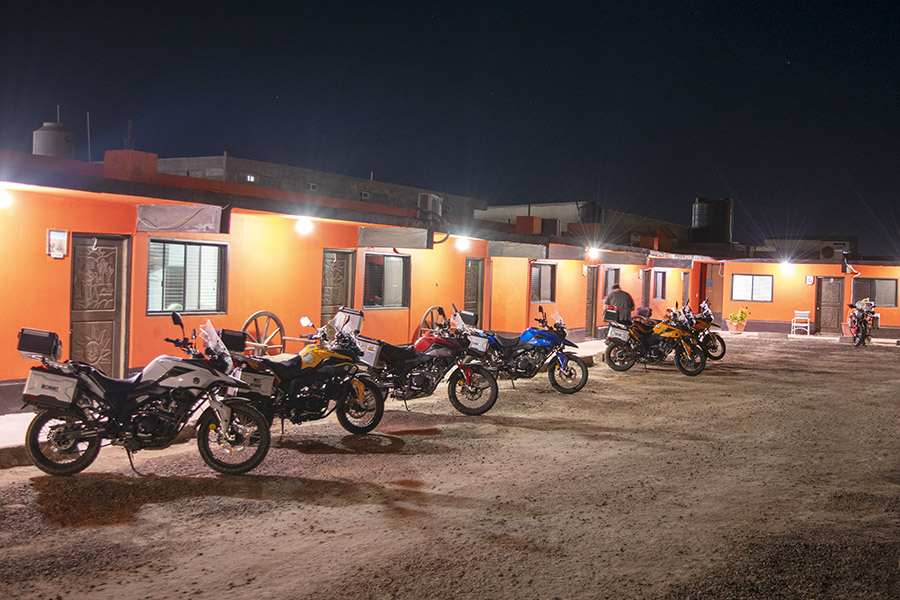

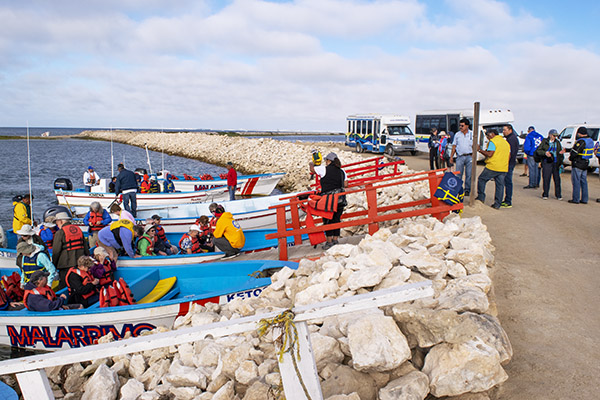
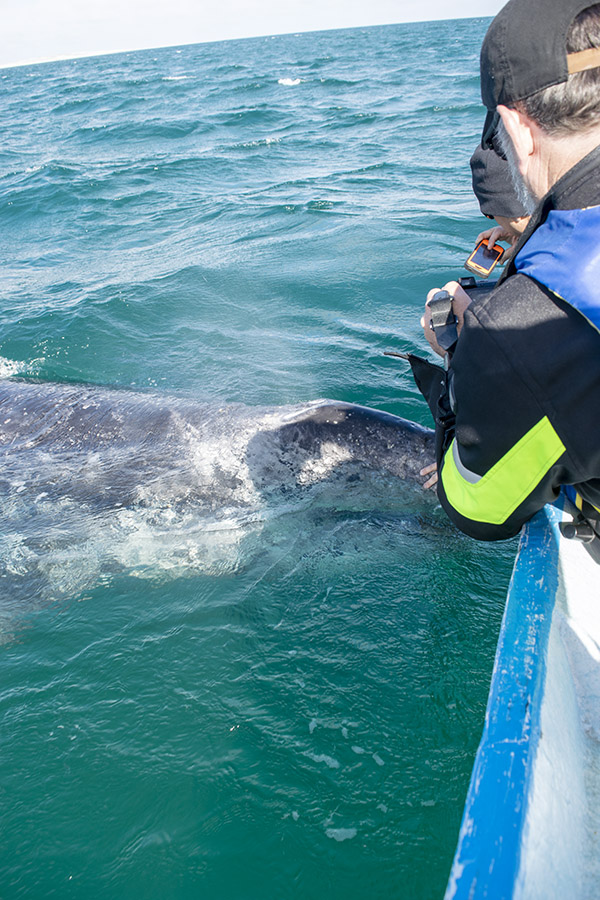
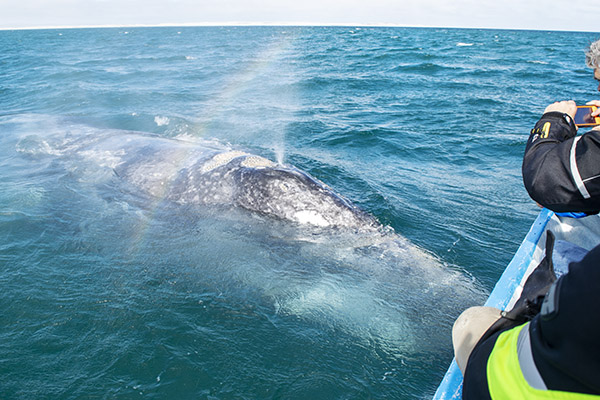
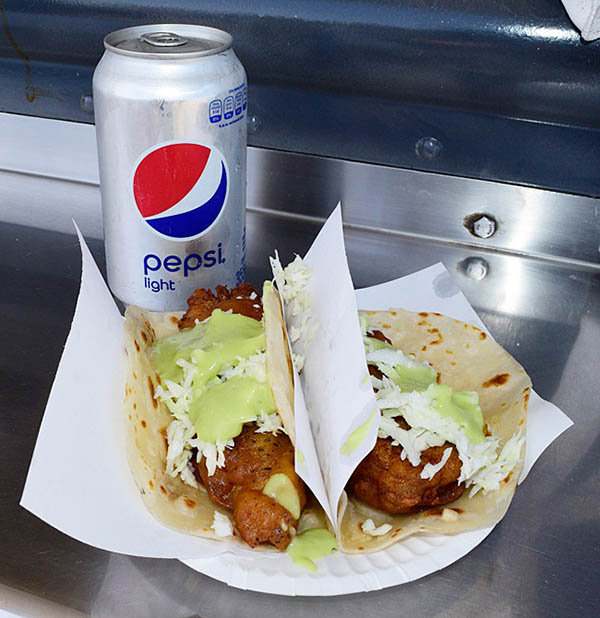

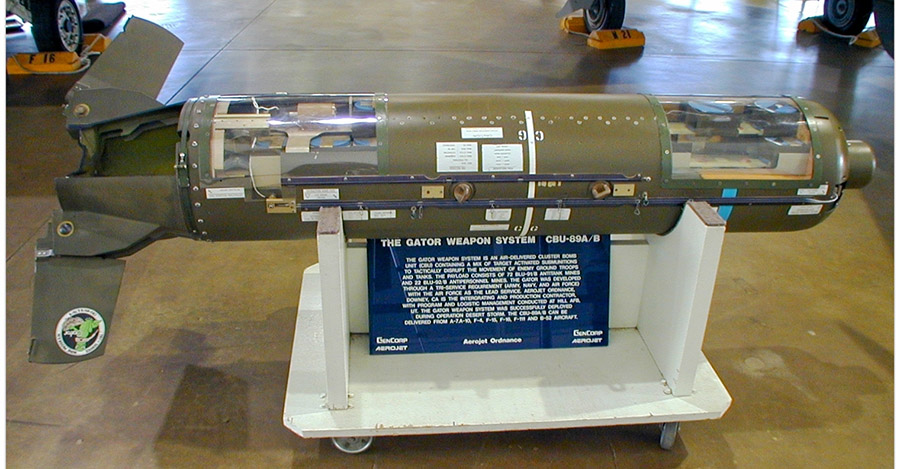

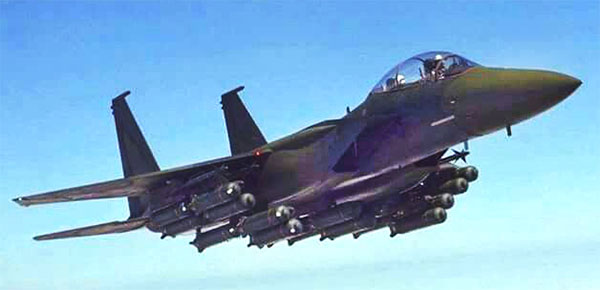
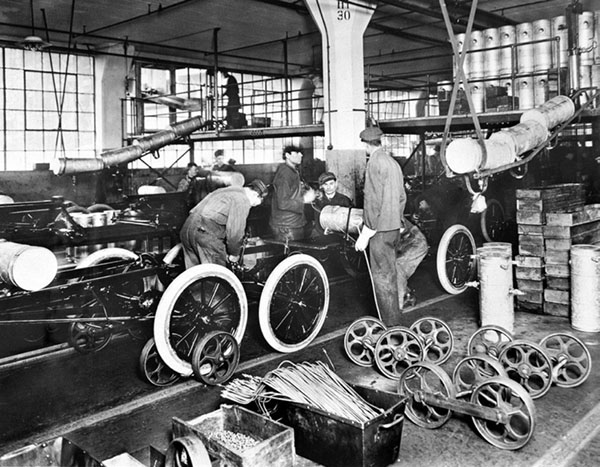

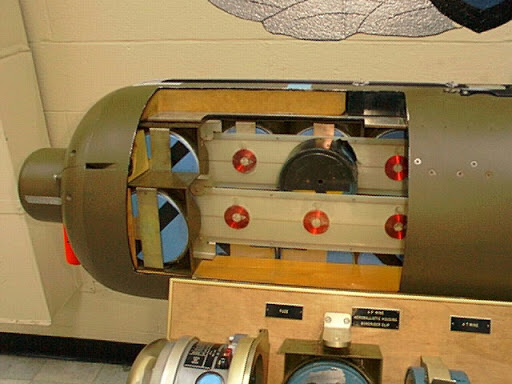
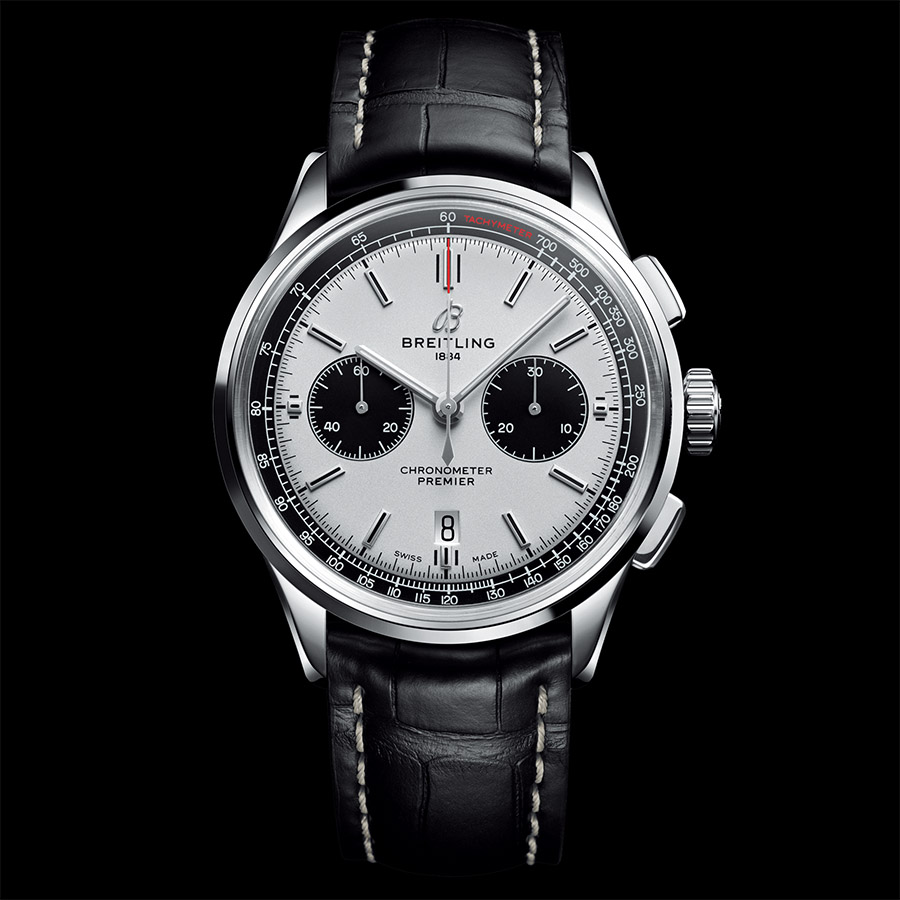
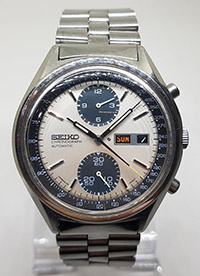 That Seiko watch you see on the right, known informally as “The Panda” in watch collector circles, is perhaps the best watch I’ve ever owned. I bought it at the Kunsan AFB Base Exchange when I was a young Army dude in 1975 for the princely sum of $76, which was a bit of a stretch for me. Oh, I had the bucks. The Army didn’t pay us much, but we didn’t have expenses, either, so $76 was eminently doable. In fact, I bought Seiko stainless steel chronographs from the Base Exchange for my Dad and my grandfather, too. Their watches were only $67, but the Panda had the day and the date on the face, and three timing features: Seconds on the main watch face, minutes on the lower subdial, and hours on the upper subdial. It was a beautiful thing and it was all mechanical. I wore it for about 10 years, and then when Ebay started to get popular I auctioned it away. I was quite pleased with the results. The watch that originally set me back $76 went for just north of $200 on Ebay 30 years ago. Today, though, that same watch brings around $2000. I sold too soon. Go figure.
That Seiko watch you see on the right, known informally as “The Panda” in watch collector circles, is perhaps the best watch I’ve ever owned. I bought it at the Kunsan AFB Base Exchange when I was a young Army dude in 1975 for the princely sum of $76, which was a bit of a stretch for me. Oh, I had the bucks. The Army didn’t pay us much, but we didn’t have expenses, either, so $76 was eminently doable. In fact, I bought Seiko stainless steel chronographs from the Base Exchange for my Dad and my grandfather, too. Their watches were only $67, but the Panda had the day and the date on the face, and three timing features: Seconds on the main watch face, minutes on the lower subdial, and hours on the upper subdial. It was a beautiful thing and it was all mechanical. I wore it for about 10 years, and then when Ebay started to get popular I auctioned it away. I was quite pleased with the results. The watch that originally set me back $76 went for just north of $200 on Ebay 30 years ago. Today, though, that same watch brings around $2000. I sold too soon. Go figure.